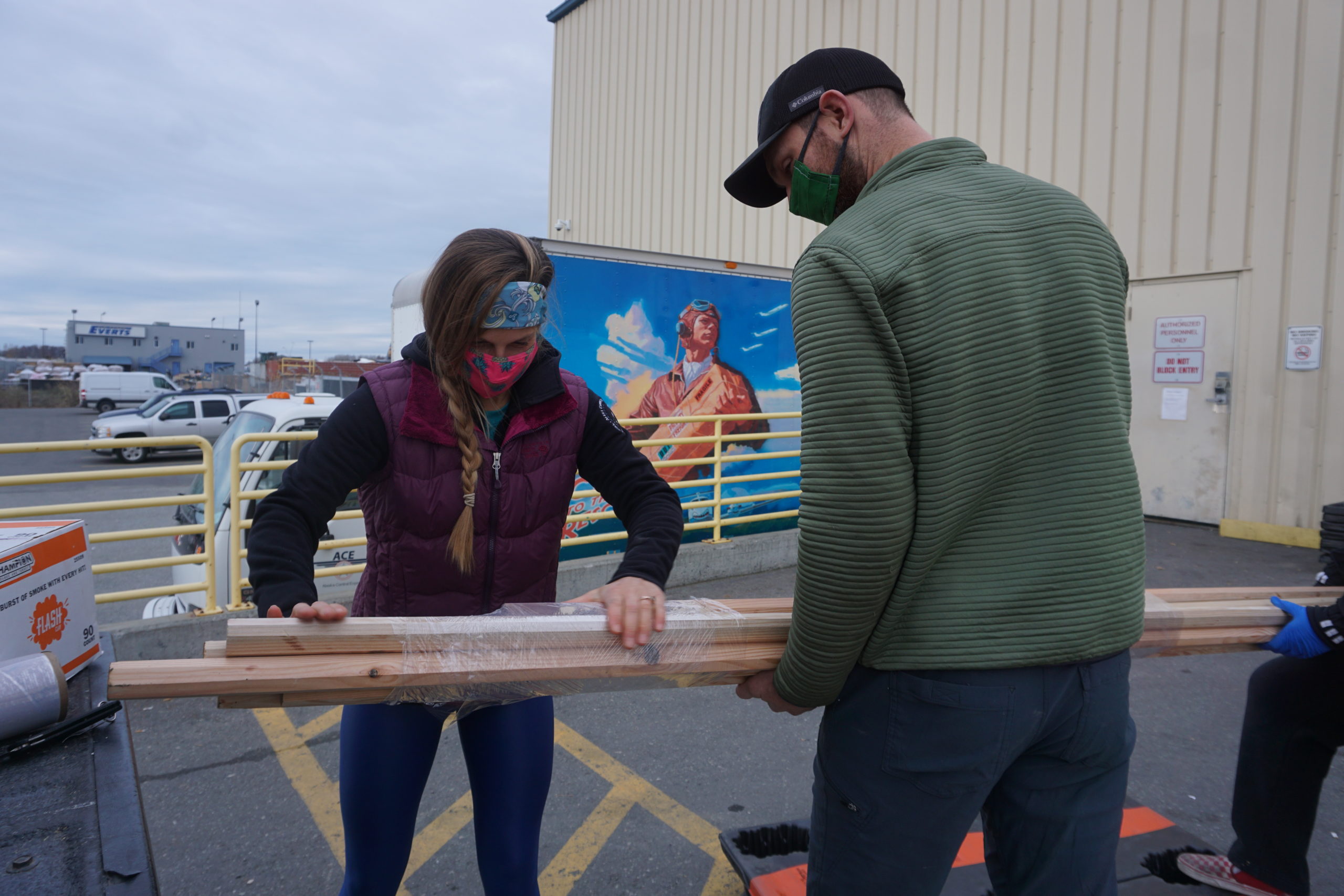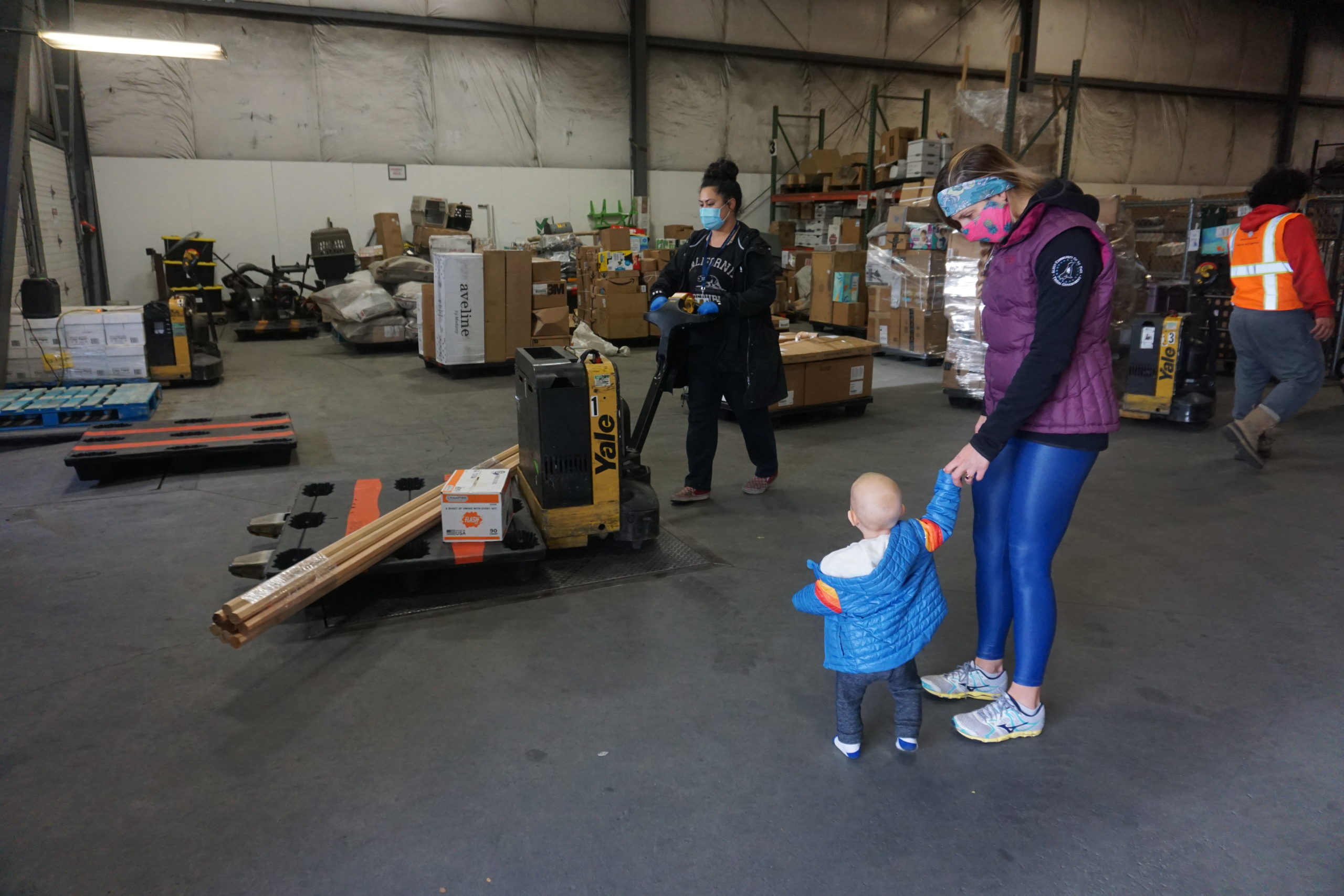With visiting scientists sidelined by coronavirus pandemic, Bering Sea residents take on more research duties
“This is our chance to say, look, we can do this.”
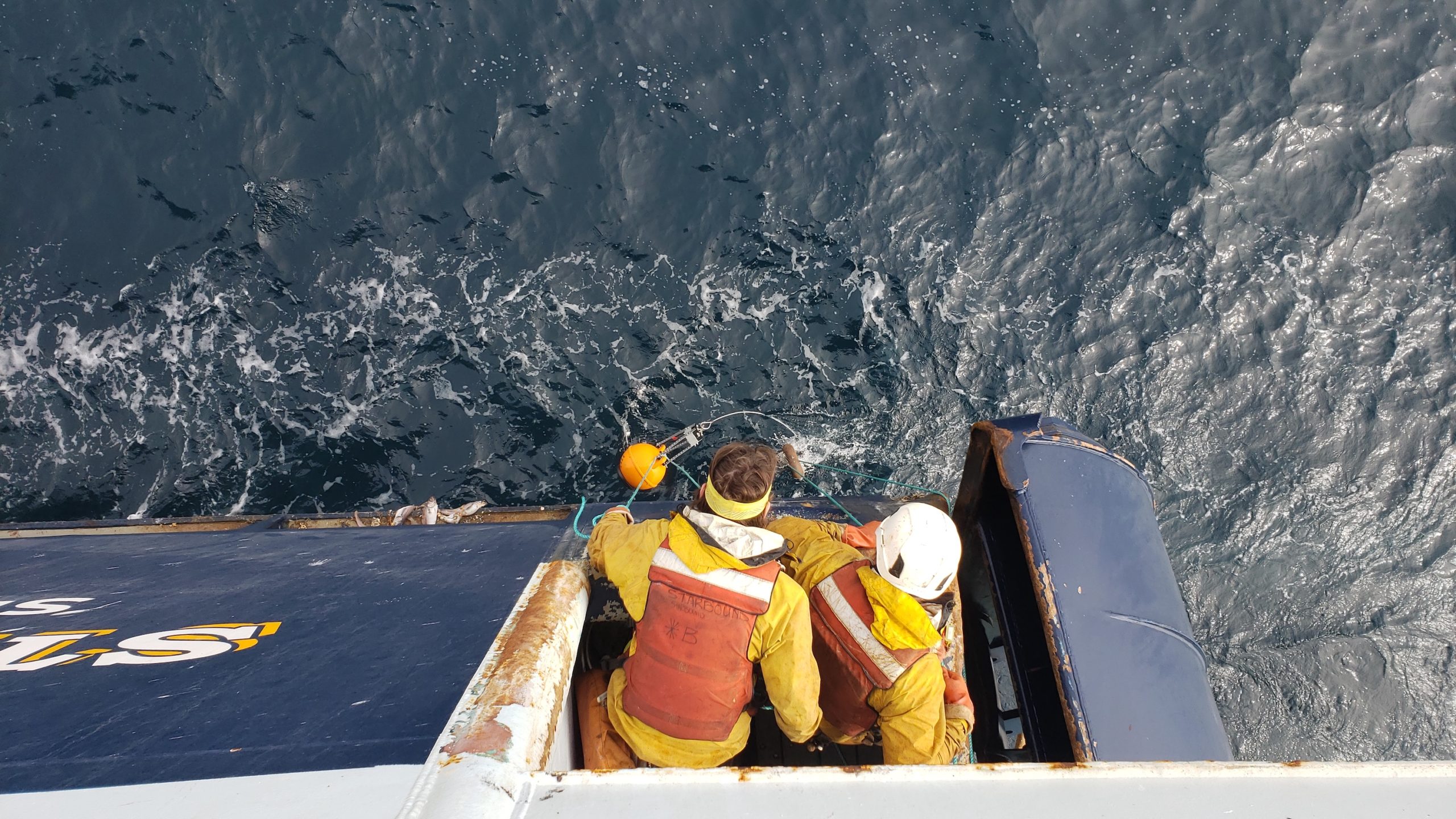
The Bering Sea region, the Pacific gateway to the Arctic Ocean, is home to ecosystems on land and in the ocean that are both abundant and fragile. It’s also changing very quickly — and those changes offer a preview of the changes in store for other parts of the Arctic. This story is the first in an ArcticToday series on the changing Bering Sea — and what those transformations mean for fish, wildlife and people.
Eight hundred miles east of the Bering Sea island of St. Paul, Lauren Divine woke up in Anchorage to a cryptic early morning text message on her mobile phone: “Mission accomplished at 4:52 a.m. It’s sitting on the Bering Sea floor doing its thing.”
“I was, like, `What in the world?’” said Divine, who heads the ecosystem conservation office of the Aleut Community of St. Paul Island, the local tribal government.
Then she grasped the meaning. Amos Philemonoff, the organization’s president, had dropped a small, round and sophisticated scientific device off the side of his fishing boat to help gather data on transformational changes happening in the Bering Sea. The device, a pop-up float, is an orange sphere designed to sit on the seafloor for a period of time — days to months — then rise up the water column, recording information about temperature and other conditions.
The deployment in mid-October was one of many research tasks that would normally be undertaken by visiting scientists from government agencies and universities. This year, with research work scrambled by the coronavirus pandemic, people living in Bering Sea and Arctic communities are doing much of whatever fieldwork is happening.
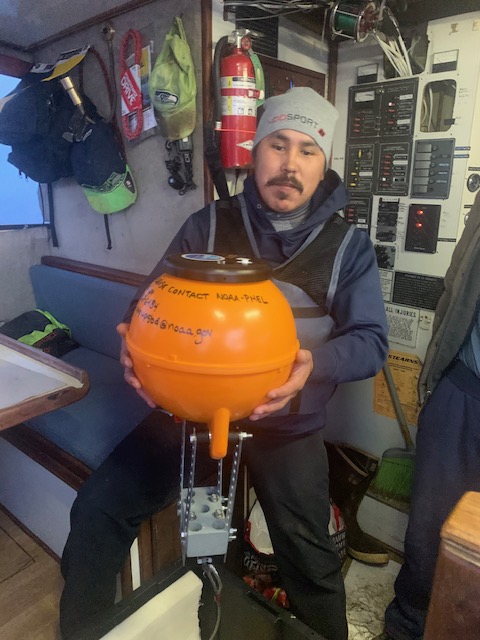
The pandemic shut down most of the annual research cruises that had been scheduled to monitor what is happening in the rapidly warming Bering Sea environment. Among those canceled was the annual cruise of the U.S. Fish and Wildlife Service research ship Tiglax, which normally carries scientists from the Gulf of Alaska to remote points of the Aleutians and Bering Sea; bottom-trawl surveys used to inform National Oceanic and Atmospheric Administration fishery-management decisions; NOAA seal surveys; and even the cruise of the U.S. Coast Guard icebreaker Healy, which had a slimmed-down Arctic science program planned but had its cruise aborted by an engine fire.
The 2020 shutdown is a blow to scientists like Doug Causey. The University of Alaska Anchorage biologist has been making near-annual voyages to extremely remote parts of the Bering Sea, generally on the Tiglax, to track how seabirds’ bodies are registering long-term changes in the warming environment.
“In terms of long-term datasets,” Causey said at the annual meeting of the Arctic Research Consortium of the United States, held by videoconference on Oct. 29, “2020 is going to be a blank year.”
But it will not be entirely blank everywhere, as the local work in St. Paul demonstrates.
Hundreds of miles off the Alaska mainland, St. Paul is one of four in the Pribilof groups that are remnants of mountains that became islands when water flooded the Bering land bridge after the last ice age. It was the second-to-last place in the world where woolly mammoths survived, before they succumbed about 5,600 years ago to lack of fresh water, according to recent research.
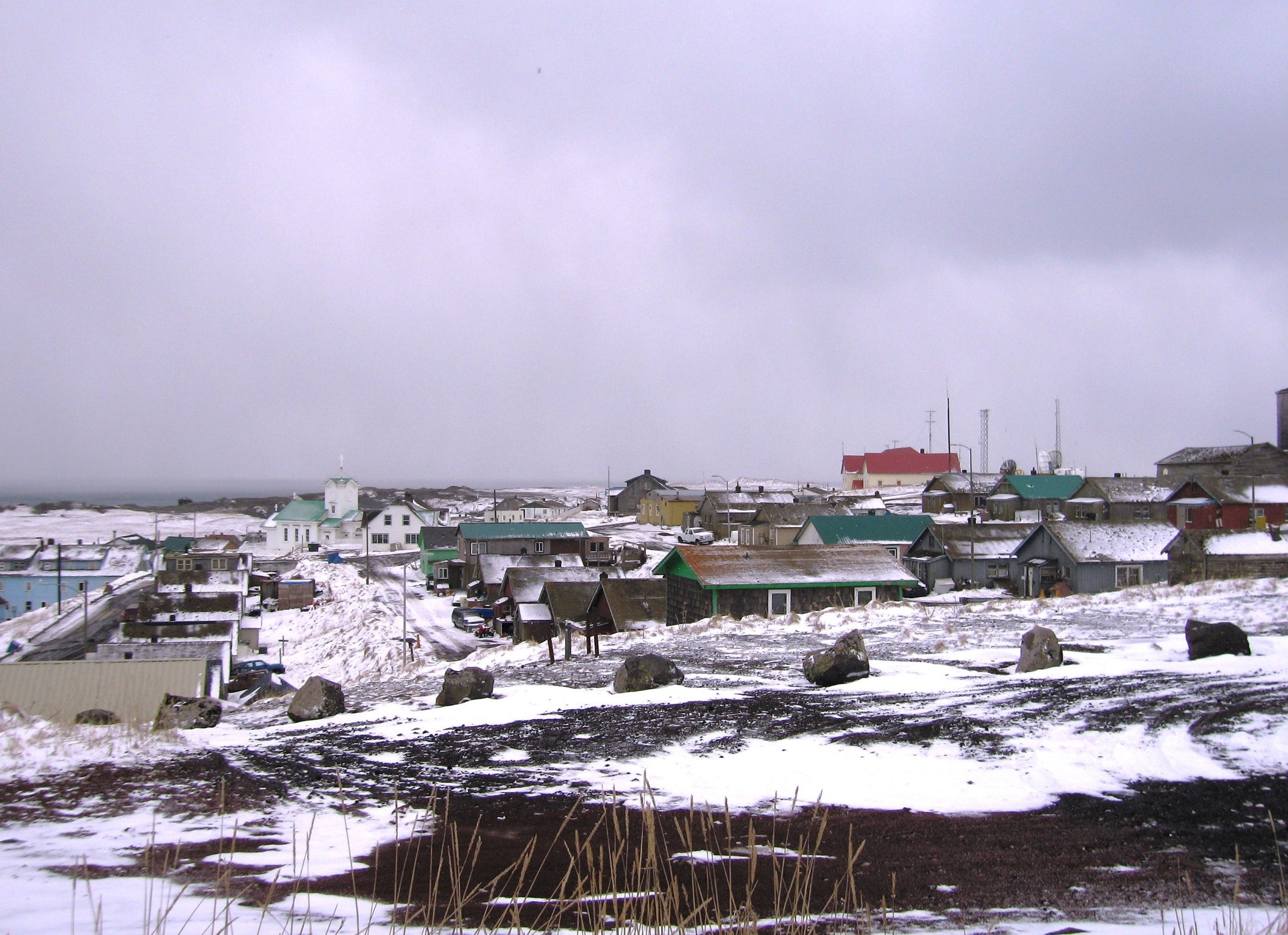
Distance, inclement weather and the expense of flights to the mainland have kept St. Paul remote in modern times. COVID-19 was just a different type of separation, both for those on the island and those unable to get to it.
Divine is in the latter group. She would normally be four-wheeling around beaches to check on birds, mammals, drifting ocean debris and other markers of change, but she has been away now for more than a year. She came to Anchorage in the fall of 2019 to have her baby; she has not been back since. Her son Sebastian is now walking, and St. Paul islanders have kept tabs on his growth through internet connections.
On a Saturday afternoon in late October, she was at the ACE Air Cargo hangar in Anchorage with Sebastian and husband Nate Berry, loading up special poles for St. Paul islanders to use to separate and handle fur seals, which congregate by the hundreds of thousands on the island. It was a family affair. Berry crafted the eight-foot poles with beveled edges to provide effective gripping. Divine and Berry got the poles loaded onto a forklift, and Sebastian padded around to watch the action.
Those isolated on St. Paul, meanwhile, have also kept busy during the coronavirus year.
Aaron Lestenkof — who got married in a ceremony that was an island-only affair — has shouldered a lot of the research burden in his position as island sentinel for the tribal ecosystem conservation office. The Indigenous Sentinels Network, a program to equip local residents to monitor environmental conditions, was created in St. Paul and has since expanded to other islands; the work became especially important in the pandemic year.
Lestenkof and his colleagues have been conducting plankton tows, collecting shellfish to send for analysis at the state environmental lab in Anchorage, measuring water temperatures and salinity and monitoring populations of seabirds and marine mammals. Some of that is routine work which would also be conducted in normal years, but other tasks are extra heavy this year. With no visiting scientists from federal agencies, residents of St. Paul and neighboring St. George Island are shouldering the entire burden of observing the hundreds of thousands of northern fur seals that congregate in the Pribilofs for the breeding season.
Along with his technical know-how and the monitoring equipment that is on the island, Lestenkof and others on St. Paul have an asset that most visiting scientists lack: a personal long-term perspective.
He can see changes in bird populations, for example, which can number in the millions during the breeding seasons. “The cliffs are looking a lot more bare than when I was growing up,” he said.
Two-thirds of the world’s population of northern fur seals use the Pribilof for breeding, and Lestenkof sees both short-term and long-term changes in those animals, too.
“This year, they actually seem to be doing a little bit better than I recall in the last few years,” he said. “They’re also sticking around the island through the winter, unlike what was observed about 20, 30 years ago.” The winter ice pack had not reached down as far south as St. Paul for about the last five years, he noted.
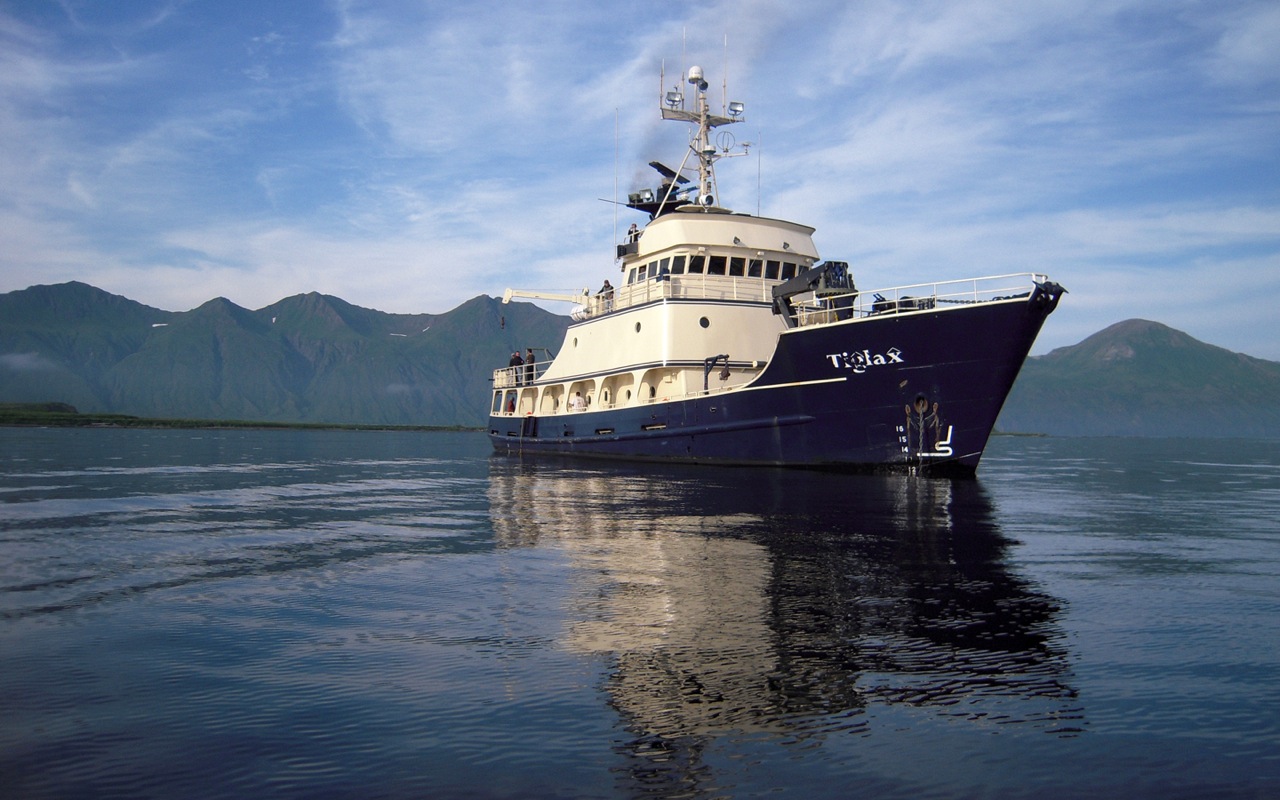
Farther north, residents of the Bering Strait region have been making their contributions to this year’s scientific monitoring.
It is part of a long tradition of local observation that should help fill in some of this year’s information gaps, said Austin Ahmasuk, marine advocate for Kawerak Inc., a Nome-based tribal consortium.
“People who live here, we have the long view,” Ahmasuk said. “Yeah, we lost a year. We’ll get it back at some point.”
Local people have continued their work monitoring birds, mammals, fish and ocean conditions like algal blooms, Ahmasuk said. He made his own reports of unusually skinny cod appearing in local waters. One unusual development that local residents reported this year was the appearance of large amounts of marine trash, probably from neighboring Russia. Those waves of trash, believed to be from a single dumping event or activity, were still arriving in November, Ahmasuk said.
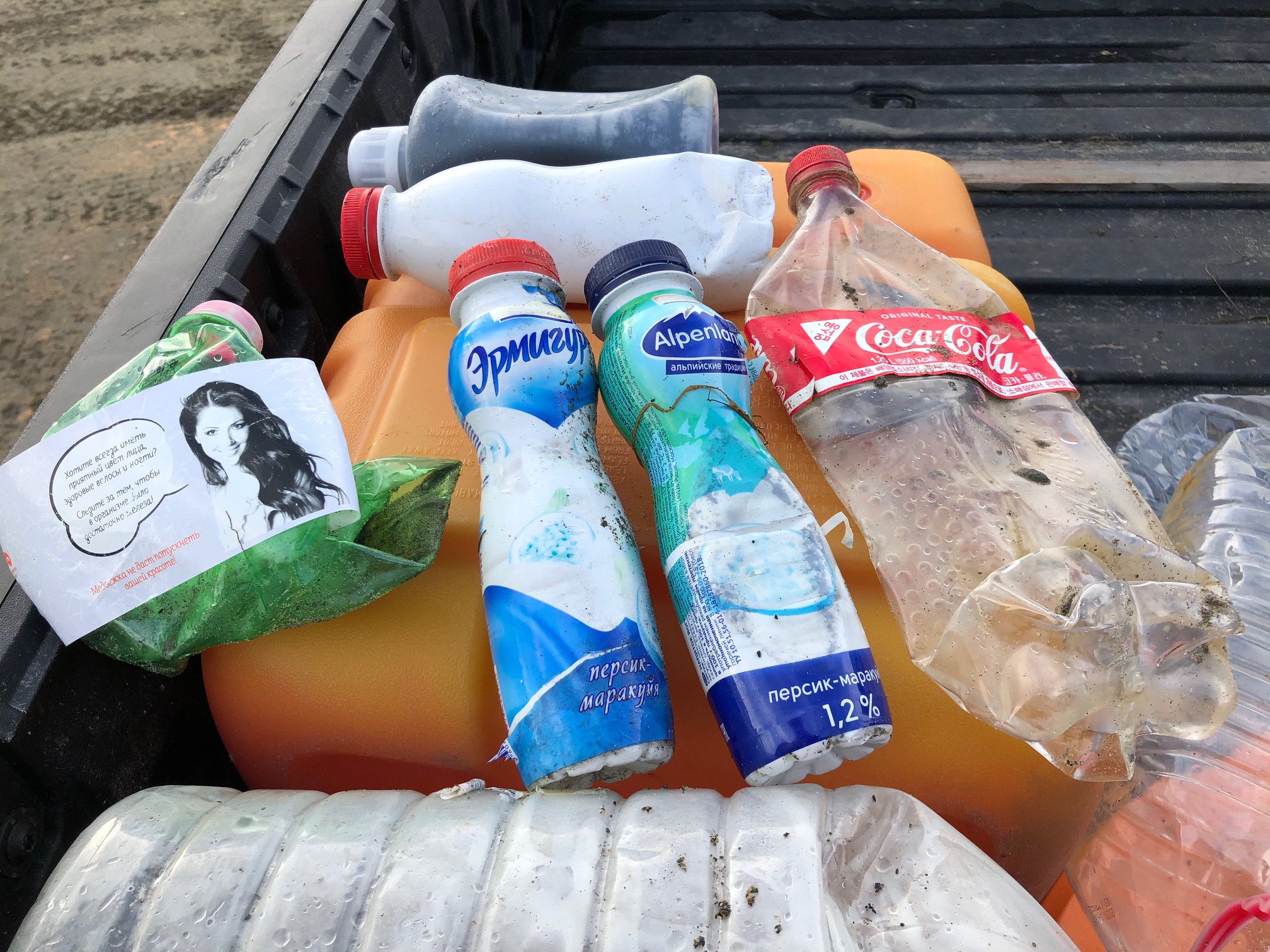
Local contributions include follow-up reports about seabird populations hit by waves of die-offs in recent years. From May to September, local residents identified about 320 seabird carcasses, most of them found in the Bering Strait region, scientists report. It is a smaller toll than in previous years, but it shows that die-offs are continuing, according to a report from the Alaska Ocean Observing System.
One local bird research project focuses on avian influenza. On St. Lawrence Island, to the south of the Bering Strait, residents have been working with scientists from the University of Alaska Fairbanks to take swabs from birds’ noses, throats and the “other end” said Sasha Kitaysky of UAF’s Institute of Arctic Biology. “Right now we have the samples in our freezer,” he said. He is hoping to return to St. Lawrence Island in 2021, if travel rules allow; in the meantime, he wants to secure more tools and training for island residents.
Bird information for 2020 will undoubtedly be more limited than usual, despite the local efforts, the U.S. Fish and Wildlife Service cautioned. For decades, the service has recorded conditions at bird colonies across the sprawling Alaska Maritime National Wildlife Refuge, which stretches from southeast Alaska to the Chukchi Sea. Not this year. Much of that work was not even possible for Bering Sea residents, a service spokeswoman said.
“Most of our seabird and other scientific work is done far from human populations and/or require highly specialized skills or training, so it makes direct replacement of refuge biologists by community members difficult. It is not possible to get to many of these sites from any human population without an ocean-worthy vessel so that precludes community members from filling in at most sites,” spokeswoman Andrea Medeiros said by email.
When neither visiting scientists nor local residents can reach remote sites in person, machines can serve as backup information gatherers.
The popup float work is an example of that. A skeleton crew of three scientists on one of the few research NOAA cruises conducted this year, aboard the Oscar Dyson research ship, managed to deploy eight of them. In addition to getting help from St. Paul, NOAA rounded up volunteers from the fishing industry and the Coast Guard to deploy a few more; in all 15 were dropped into the Bering Sea.
The devices are likely to be used more in the future, said Phyllis Stabeno, an oceanographer with NOAA’s Pacific Marine Environmental Laboratory. Though they are being used this year to detect temperatures at different points in the water column, the pop-ups can be tailored for a variety of scientific purposes, Stabeno said during an online community science presentation hosted by the University of Alaska Fairbanks Sea Grant program. More local partnerships are expected in the future, she said in her October presentation.
“We really want to be able to deploy these types of instruments without having to use a research vessel,” she said. “The popups, I’m really enamored with them.”
Saildrones, remotely operated surfboard-like vessels that are powered by the wind and sun, were launched this year on the Bering Sea to collect sound waves that will help determine the location and movement of pollock. Saildrones have been used for other purposes, including measurements of ocean acidification.
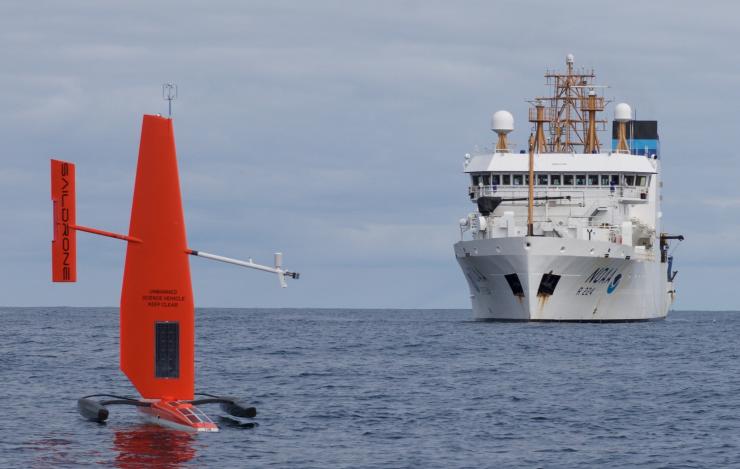
Passive acoustic devices mounted on the seafloor, used in recent years to monitor whales, were also employed to track pollock as they move between U.S. and Alaska waters.
Scientists can even monitor conditions from space. The spring phytoplankton bloom in the southeastern Bering Sea, as detected by satellite, showed up eight to nine days earlier than the long-term average, though at about the same time as in the record-warm 2019, according to AOOS.
Still, there is nothing as good as being on the scene.
One example of that, Divine said, is the biannual census of Pribilof fur seal pups. This was supposed to be one of those years for that survey, part of NOAA research that stretches back decades and has documented some worrisome trends — a 57 percent decline in pup production at St. Paul from 1998 to 2018 and a 51 percent decline at neighboring St. George Island.
“Now in 2021 we’re looking at three years later for a pup count. And with the rate of decline like we have on St. Paul, now we’re really starting to feel the holes in the data sets from lack of funding, COVID, all of these things kind of compounding,” Divine said.
Still, the coronavirus-caused research interruptions, which could extend into the 2021 season, might have a silver lining: more responsibility for local people.
“This is our chance to say, look, we can do this,” Divine said.
In a post-COVID world, she said, she would like to see an enduring change from the usual system of parachuting-in science crews and top-down research grants.
“It’s not just somebody coming and saying, `We could fund X research,’” she said. “It’s what does the community want and need? And then how can we set that up? And let it run locally.”
This story was supported by a Western Journalism and Media Fellowship from Stanford University’s Bill Lane Center for the American West and by the Institute for Journalism and Natural Resources.
